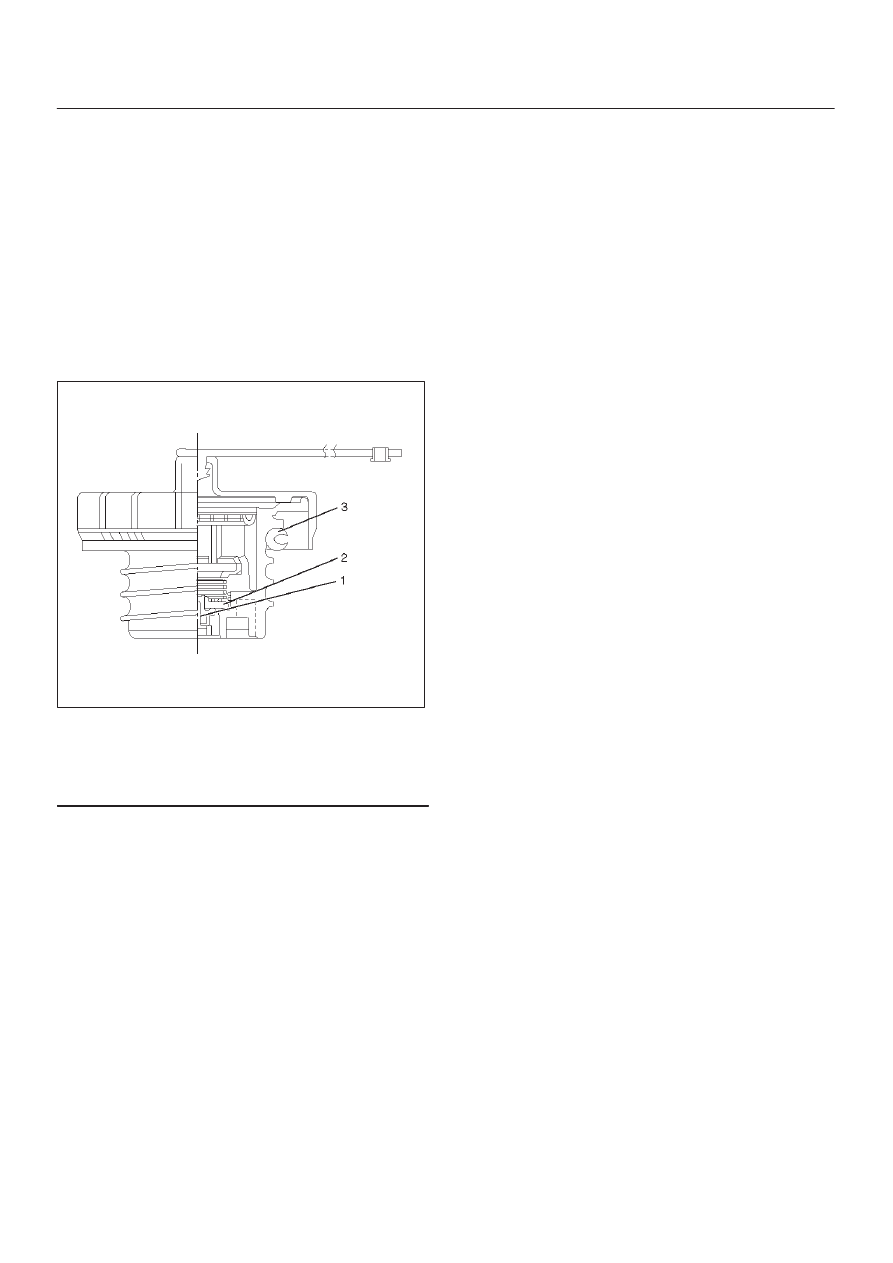Isuzu Amigo / Axiom / Trooper / Rodeo / VehiCross. Manual - part 233

6C–12
ENGINE FUEL (6VE1 3.5L)
Fuel Gauge Unit
Removal and Installation
Refer to “Fuel Pump” in this section for removal and
installation of the Fuel Gauge Unit, since the fuel gauge
unit is linked to the fuel pump and sender assembly.
Fuel Filler Cap
General Description
A vacuum valve and pressure valve are built into the fuel
filler cap which adjusts the fuel pressure in the fuel tank to
prevent fuel tank damage.
140R100029
Legend
(1) Vacuum Valve
(2) Pressure Valve
(3) Seal Ring
Inspection
The fuel filler cap must be inspected for seal condition.
The fuel filler cap must be replaced if found defective.
CAUTION:
A replacement fuel filler cap must be the same as the
original. The fuel filler cap valve was designed pri-
marily for this application and must be replaced with
the same type or decreased engine performance may
occur.